Silica dust in the workplace
This guidance advises PCBUs of the risks of respirable crystalline silica dust and how to control them and protect their workers.
A to Z topics and industries > Dust > Silica dust in the workplace

Showing 40 of 1084 results for cement containing silica dust
This guidance advises PCBUs of the risks of respirable crystalline silica dust and how to control them and protect their workers.
A to Z topics and industries > Dust > Silica dust in the workplace

A to Z topics and industries > Road and roadside > Keeping healthy and safe while working on the road or roadside > Part B – Managing health risks for road and roadside workers > 9.0 Airborne contaminants
This Approved Code of Practice sets out WorkSafe New Zealand’s (WorkSafe) expectations about how to comply with asbestos health and safety law, including the Health and Safety at Work (Asbestos) Regulations 2016.
A to Z topics and industries > Asbestos > Management and removal of asbestos
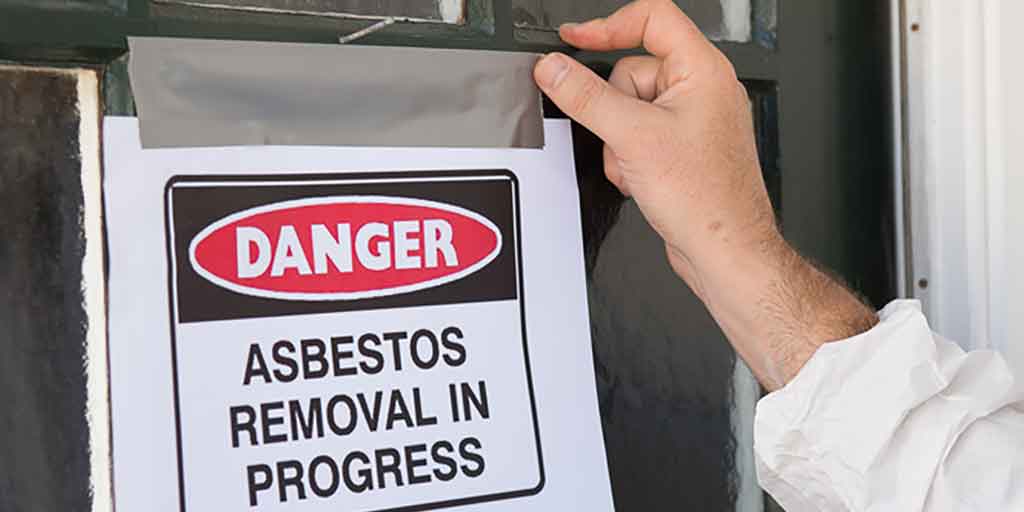
This guide provides information on what businesses and workers can do to minimise the risks of silica dust.
A to Z topics and industries > Dust > 8 key things for workers to know: Controlling silica dust in the workplace
This guidance advises PCBUs how to choose, use and maintain an on-tool water suppression system to control dust.
A to Z topics and industries > Dust > Controlling dust with on-tool water suppression
The concentration of crystalline silica in engineered stone benchtops can lead to accelerated silicosis, a serious health condition that we are still learning about.
A to Z topics and industries > Dust > Accelerated silicosis > Engineered stone and exposure to respirable crystalline silica

Find out if your health may have been affected by working with engineered stone.
A to Z topics and industries > Dust > Accelerated silicosis > Health information for workers in the engineered stone industry

Guidance for businesses about accelerated silicosis in the engineered stone industry, and what WorkSafe's response will be in the coming months.
A to Z topics and industries > Dust > Accelerated silicosis > Health information for PCBUs in the engineered stone industry
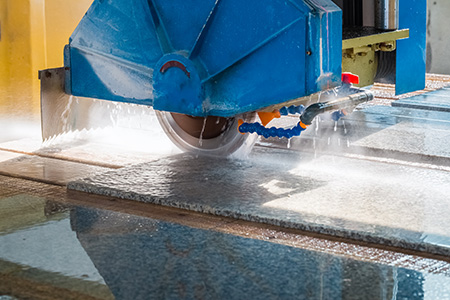
This quick guide is for mobile plant and fixed plant control room operators and certain truck drivers. It explains some factors to consider when managing risks from poor quality air in enclosed cabins.
A to Z topics and industries > Vehicles and mobile plant > Maintaining air quality in enclosed cabins – for workers
This guidance advises PCBUs how to choose, use and maintain industrial vacuums and portable extractors for controlling hazardous dust at work.
A to Z topics and industries > Dust > Industrial vacuums and portable extractors for hazardous dust

Always assume that debris and flood water (and therefore silt) is contaminated with farm run-off, chemicals, or sewage. Contaminated debris, flood water, and silt can make you sick.
A to Z topics and industries > Natural events and emergencies > Working with silt or contaminated soil after a natural event or emergency
Definitions of some key terms, concepts and acronyms used on this and other associated websites
Tools, registers, and resources > Resources > Definitions and acronyms
While doing their mahi/work, kaimahi/workers can encounter substances in the air they breathe that may pose a health risk.
A to Z topics and industries > Work-related health > Carcinogens and airborne risks > What are carcinogens and airborne risks?
This quick guide is for persons conducting a business or undertaking (PCBU). It explains some factors to consider when managing risks from poor quality air in mobile plant cabins, fixed plant control rooms, and enclosed truck cabins.
A to Z topics and industries > Vehicles and mobile plant > Maintaining air quality in enclosed cabins – for PCBUs

This information provides advice about what homeowners or residential tenants should do if they think there could be asbestos in their home or on their property.
A to Z topics and industries > Asbestos > Asbestos in the home
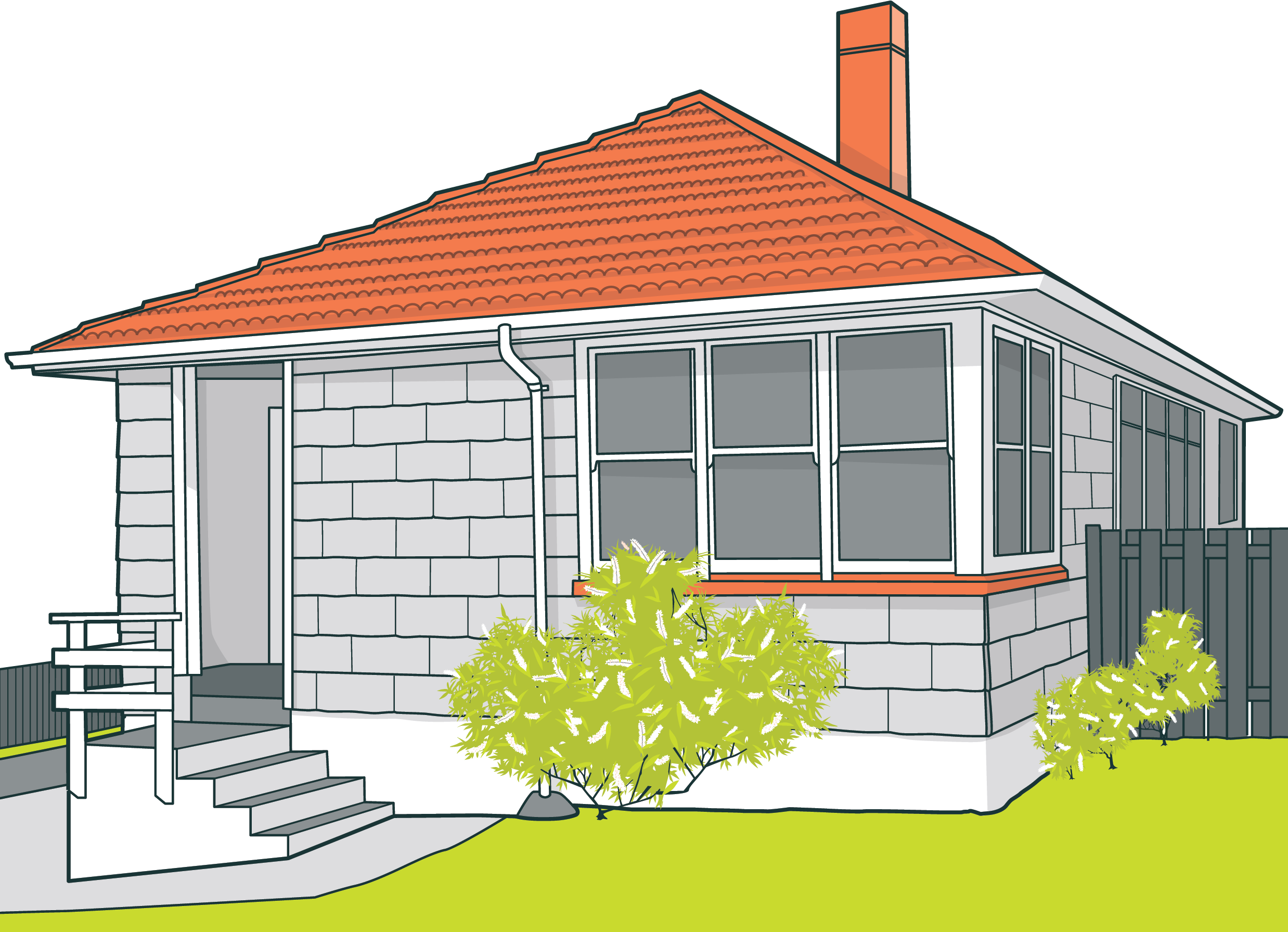
Advice on the safe design, use, and maintenance of scaffolding.
A to Z topics and industries > Working at height > Scaffolding in New Zealand
These guidelines offer advice on the safe handling, transportation and erection of precast concrete elements.
A to Z topics and industries > Concrete > Safe work with precast concrete
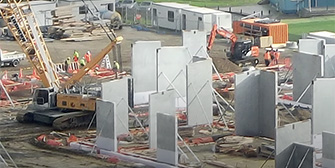
The WorkSafe strategy defines the wider health and safety at work system and reflects our role in the system, how we will undertake that role, where we will focus our effort, and how we will measure our impact.
About us > Who we are > WorkSafe Strategy
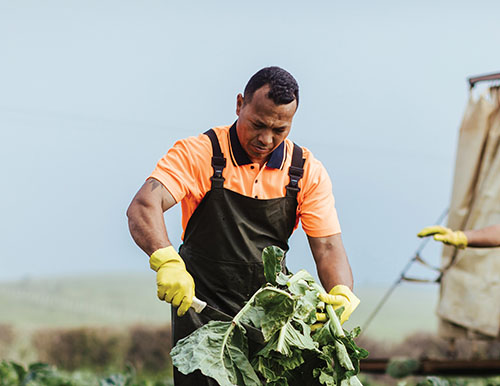
Part 2 of the guidance on the Health and Safety at Work (General Risk and Workplace Management) Regulations 2016.
Managing health and safety > Businesses > General requirements for workplaces > General risk and workplace management - part 2
Guidance covering a range of topics including training and qualifications, fire and explosion prevention, local exhaust ventilation, and noise and vibration
A to Z topics and industries > Welding > Health and safety in welding

This report from 2003 brings together two separate but related investigations, the National Dust Project and the Respiratory System Survey, each of which were carried out as part of the day to day work of Occupational Safety and Health (OSH).
A to Z topics and industries > Extractives > Industry guidance and position statements > Respiratory health and silica dust levels in the extractive industry
This guidance advises PCBUs of the risks of respirable crystalline silica dust and how to control them and protect their workers.
Ipinapaalam ng gabay na ito sa mga PCBU ang mga panganib ng respirable crystalline silica dust at kung paano kontrolin ang mga iyon at paano protektahan ang kanilang mga manggagawa.
This guide provides information on some things the business/employer can do to minimise the risks of silica dust.
This guidance advises PCBUs of the risks of respirable crystalline silica dust and how to control them and protect their workers.
This guidance advises PCBUs of the risks of respirable crystalline silica dust and how to control them and protect their workers.
Ko e tohi fakahinohino ni ‘oku ne fale‘i ‘a e tokotaha ‘oku ne fakalele ha pisinisi pe ngāue‘anga (PCBU) ‘o fekau‘aki mo e ngaahi fakatu‘utāmaki ‘e ala tupu mei efu silika (crystalline silica dust) pea mo hono tokanga‘i ke malu‘i ‘a e kau ngāue mei ai.
This guidance advises PCBUs of the risks of respirable crystalline silica dust and how to control them and protect their workers.
O lenei taiala e fautuaina ai PCBUs i lamatiaga o le manavaina o le pefu silica iila (RCS) ma le auala e tau taofiofi ai lenei pefu ma puipui ai a latou tagata faigaluega.
Information for medical practitioners to support their investigation or treatment of patients who work with engineered stone and have been exposed to high levels of respirable crystalline silica (RCS, or silica dust).
A to Z topics and industries > Dust > Accelerated silicosis > Silica-related health conditions in engineered stone workers: Information for medical practitioners

This study reports the results of a survey of construction workers in Waikato, who were asked about their use of dust control practices and their consideration of the risks from construction dusts.
Research > Dusty work and use of controls among construction workers

Showing 40 of 1084 results for cement containing silica dust